I’ve been working on an unusual commission this weekend; a music stand for the local Silver Band. It’s so dainty and light weight compared to building a workbench yet there were some important considerations when it came to strength especially since this was to be used by the conductor and I’m told there’s a lot of music it needs to hold.
With a workbench if I want to ensure a part is strong enough my tendency is to build it really large but I didn’t think they’d want a mammoth stand that took two men to lift! This was about finding a nice balance of strength and elegance.
The customer asked for a simple top to the stand and I was pleased about that; I’ve never had a taste for anything with fancy curves. I was using oak for the whole build and I had a good wide panel that would be ideal for the head. I’ve been storing this at home for sometime so I know it’s dry and it had some nice figuring that would add to the simple rectangular shape. I added a bread board end on either side to hold the panel nice and straight over time and these also add a bit of decoration especially from the small oak pegs which help secure it in place.
I notched the breadboard ends in to the shelf to avoid years of expansion and contraction of the panel forcing it off. For extra reinforcement I fixed the shelf on with wooden nails and used alternating angles when I drilled the holes to give resistance against it being pushed downwards. This was common practice on six board chests that used wooden rather than iron nails.
I’ve made sure that the stand can be dismantled to avoid damaging during transport. The feet lap on top of each other and a couple of brass pins in the bottom foot allow the second foot and the main stem to slot on.
There were many ways that I could create a mechanism to allow the head to pivot and lock in position but this was one area where I felt it was vital to ensure it would be good and strong. The head of the stand is quite weighty so whatever I used to attach the mechanism to the back would be under a fair amount of strain. I thought of various solutions and my favourite was to keep it looking simple by using only wood.
Whilst it looks simple this solution was probably one of the most complicated areas of the build. I didn’t want huge blocks of wood stuck on and only had a thin board to screw in to so I needed something more than simply screws and glue.
The two side pieces were tenoned to go in to the back of the head and between these there’s an additional piece that acts as a spacer, support and a good place to add some screws for added strength. I housed the middle block in to each side so once in place everything was locked in and couldn’t pull out. The joinery was made to a tight fit so that even without glue it all held together well. This was very simple joinery but still proved to be a bit of a faff.
The brass pin at the top stays in place to pivot on and a second pin goes through to hold the head in the chosen position. To take it apart the brass pin can simply be pushed back out.
Being stubborn when it comes to furniture making I insisted on building the music stand entirely with hand tools. This gave a really pleasurable pace and despite having a few decisions still to make as I went along it was comfortably finished within the weekend. I don’t think there are many professional pieces out there being made with nothing but some hand tools and the makers hands and it does give a satisfaction getting it finished and knowing that it’s been made entirely that way. I suppose the question then would be how much quicker could I have possibly made it if I had employed the power tool or machine? 
When we first got this commission we felt that it would be an interesting build to make a video on though a fairly sudden deadline meant that we just didn’t have the time. Instead when I picked through for the wood a brought out enough to make two and I’ve had some lovely ironwork forged to add on this special second video version.
If you pop back at the end of the week I’ll add some photos of the finished music stand once the oil’s dried.

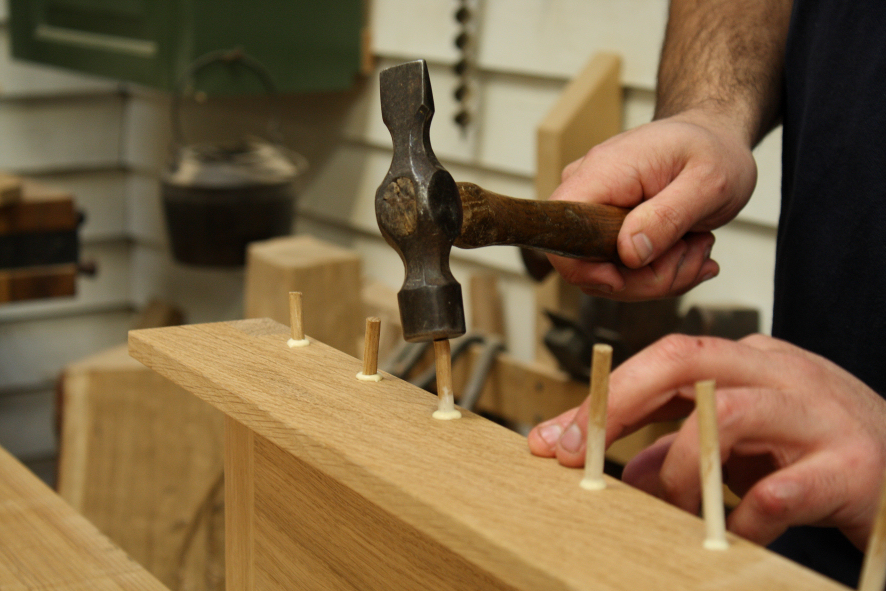


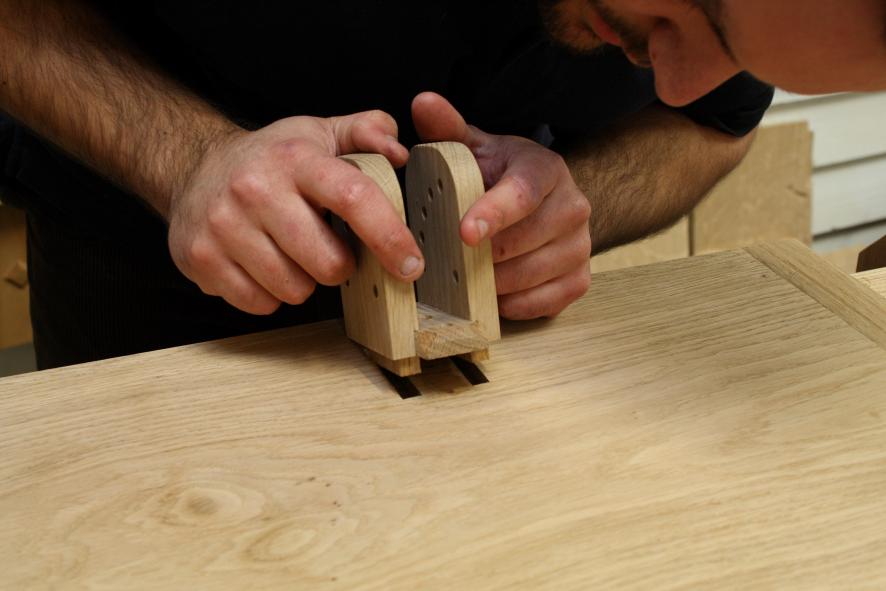

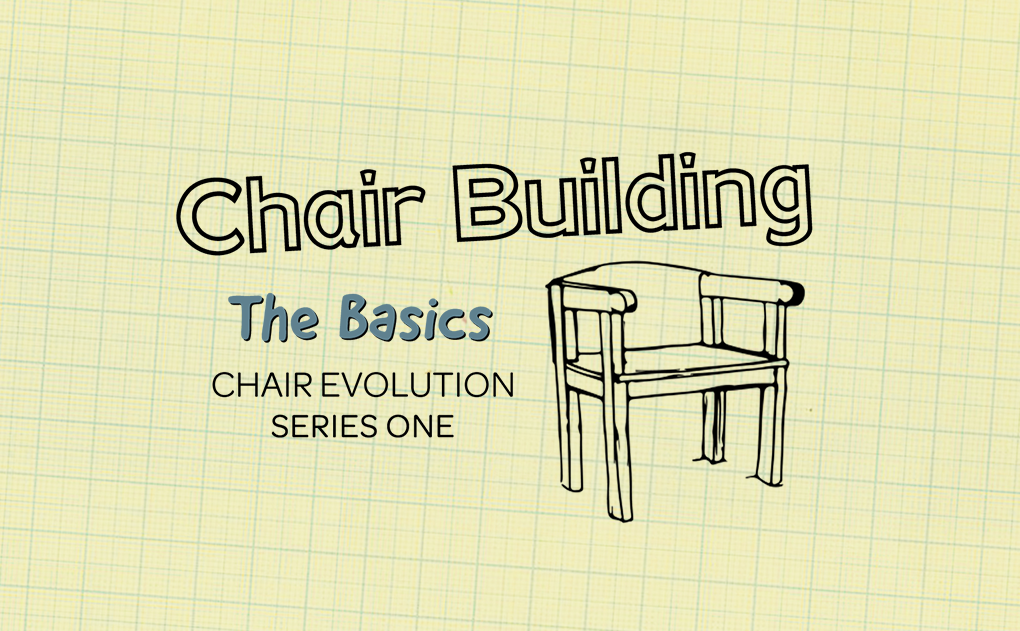
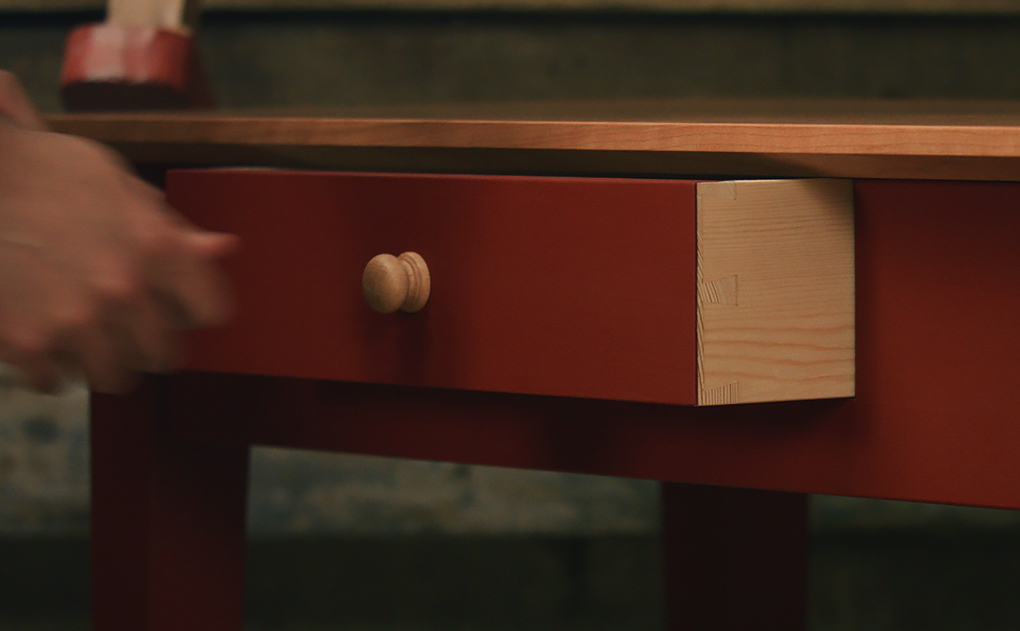
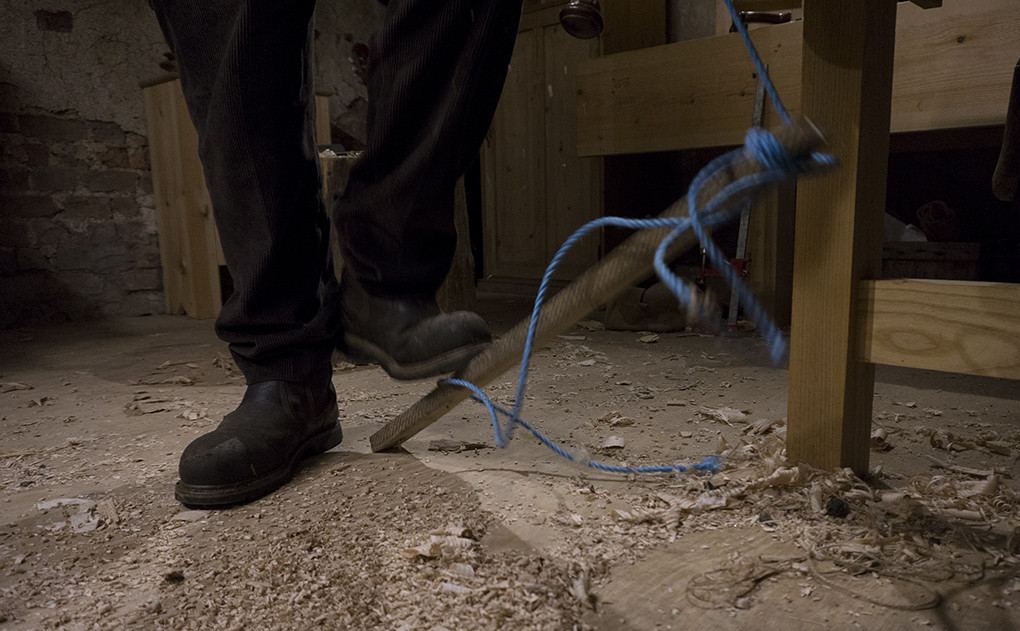
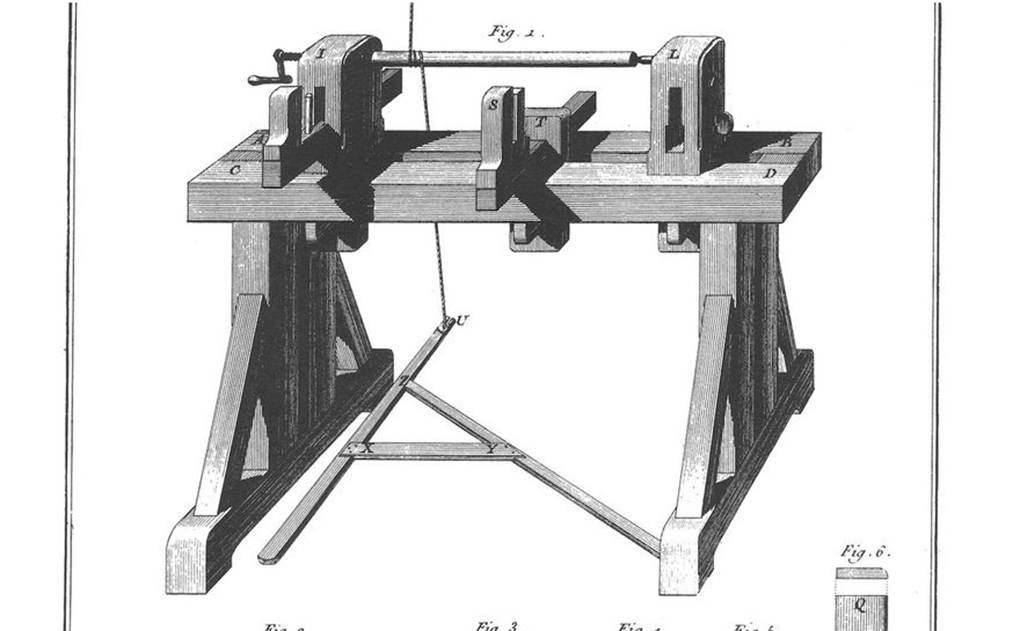
Thanks Richard, nice project very well made. I’m looking forward to seeing the photos of the finished stand.
Yes, it will make a great video buddy. I look forward to that also.
Nice work thanks for sharing. 😉
Richard…. 10/10 for good conduct!
Some interesting techniques and design features, Richard. Thanks for sharing. I look forward to seeing the finished piece and the video. As it was a one-off, I doubt that using power tools or machines would have been faster.
I’d love to see the video also, is this going to be part of a subscription service Richard as it would be completely worth it.
Thanks Kris, we’ve considered a few approaches with the videos but opted against a subscription for various reasons. I’ll write a post soon to share details on what we’ve decided and when the videos might be available.
I can’t wait to see the finished piece. Your images and text are brilliant at giving clues, but at the same time, not revealing the complete design 🙂
This wasn’t deliberate but I’m pleased it’s built up some suspense! We just didn’t get to take many photos so there were some ‘secrets’ left.
the forged pin looks awesome
Thanks Joel, I love adding a touch of iron work.
I love the mechanism for that stand, very ingenious. I always pick up things to consider and give thought to reading this blog.
I also have just enjoyed reading about Maguire hardware on Chris Scwarz’s Popular Woodworking blog. Glad to see you guys are breaking into the media in America and Australia!
Cheers James, I’ve seen a few wooden stands that used a similar series of holes to create the tilt but I did some extra thinking to make sure the connection would be strong and reliable.
Could you explain?
1. Length of center bar
2. Method of attaching vertical piece to base
3. The hardware at top and bottom of vertical piece
Thanks.
Along with alignment pins coming up from the feet I’ve fixed a threaded bar inside the column to go through the feet and be tightened together using a wing nut.
The hardware has been hand forged to our design to fit over the column.
I don’t have the length to hand right now but we are bringing a full plan out to go with the video we’re making.
Thanks. I now recognize what I’m seeing in the photo on how you attach to the base.